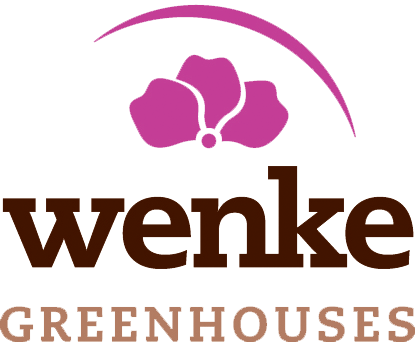A = Annual B = Biennial P = Perennial
Vines: Honeysuckle (P), Trumpet (P), Morning Glory (A), Scarlet Runner Bean (A), Trumpet Creeper (P), Cardinal Climber (A), Clematis (P), Weigela (P), Mandevilla A), Mina lobata (firecracker vine) (A)
Shrubs: Glossy Abelia (P), Azalea – All (P), Beauty Bush (P), Butterfly Bush – Buddleia (A), Coralberry (P), Flowering Currant (P), Tatarian Honeysuckle (P), & Yellow Honeysuckle (L. flava), Flowering Quince (P), Rose of Sharon (P), Lilac (P), Hibiscus – All (A & P)
Trees: Buckeye (Horse Chestnut), Red Buckeye, Black Locust, Flowering Crabapples, Hawthorns, Siberian Pea Tree, Tulip Poplar (Liriodendron tulipifera),
Planting for Hummers: Hummingbirds go for the sweet stuff called nectar. Nectar is their essential food, rich in energy-producing carbohydrates. Energy is what hummers need most if they are to survive. Hummers get some of their carbohydrates from tree sap, but nectar is their basic food for survival. Hummers have a very high metabolic rate. In addition to protein from insects, they require nectar or a substitute. Their bills are well adapted to probing flowers or feeders. Plant nectar rich flowers that are colorful, abundant, nourishing and highly visible. Fuchsias have always been hummingbird favorites, particularly the ‘Gartenmeister’ variety. They prefer red blossoms, but will visit any bright bloom in pink, magenta, purple, orange and yellow. They are especially attracted to tubular, cup, funnel and trumpet shaped flowers. Hummers can be very territorial about a reliable food source. Hummers prefer natural sources of nectar over a feeder. If using a feeder blend 1-part sugar to 4 parts water. Bring the solution to a full boil, stirring to dissolve sugar. Cool completely before filling feeders. Any leftover solution will keep approx. 2 weeks in the refrigerator. During hot weather change the solution every 3 to 4 days to avoid spoilage. Be sure to clean your feeder thoroughly. Red food coloring should not be added to the sugar water. Use red somewhere on the feeder to attract them. Position your feeders out of direct sun and protect from wind. Position your feeders where you can observe the hummers comings and goings. For best response, locate your feeder near blossoming flowers that hummers are already using. A garden with bright flowers rich in nectar is almost certain to attract hummingbirds for bird watching pleasure. Once they find you they will return each year. Enjoy the antics and color they will add to your garden!

